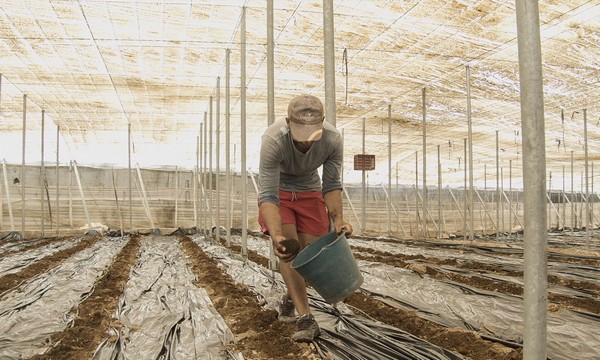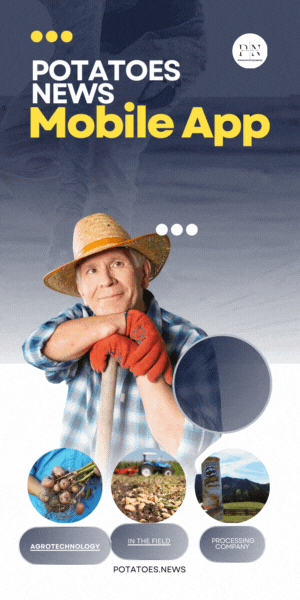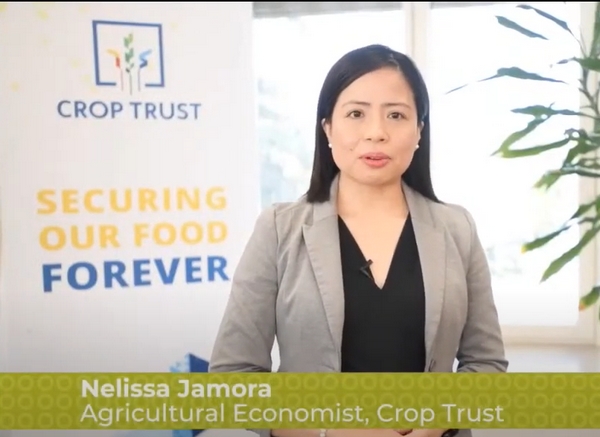The soil on Mars presents significant challenges compared to Earth, particularly due to the lack of essential nutrients and the presence of perchlorates, harmful chemicals with high alkalinity. These factors make Martian soil extremely inhospitable to most plant species.
However, there is a glimmer of hope in ancient agricultural wisdom, particularly the methods practiced by the ancient Mayan farmers, which may lay the foundation for agriculture on Mars.
Replanting for stability
This approach, known as intercropping, is still used in many regions of the world and involves growing two or three different types of crops. This strategy benefits by creating additional plant characteristics that allow them to thrive despite harsh weather conditions and difficult soil. Researchers from Wageningen University and Research in the Netherlands have developed a greenhouse model to simulate intercropping on Martian soil.
To improve the visual outcome, the researchers introduced beneficial microorganisms and nutrients while adjusting the air composition, temperature and humidity in the greenhouse to closely mimic Martian conditions.
As a result of their experiments, they concluded that intercropping could indeed optimize grain yields if applied on the Red Planet.
Tomatoes thrive in Martian soil
Of particular note in the study were the remarkable results of some crops, especially heirloom tomatoes, which showed superior growth under this intercropping method. Other potential crops include Dutch beans, carrots and others.
However, tomatoes, especially heirloom varieties, demonstrate suitability to Martian environmental conditions, producing twice the yield compared to monoculture cultivation on similar soil.
Tomato plants also have encouraging characteristics such as early flowering, fast growth, increased fruit yield per plant and thicker stems.
Researchers attribute the increased growth of tomato plants to intercropping with legumes, which helps fix nitrogen from the atmosphere using symbiotic bacteria known as rhizobia.
As humanity looks to the stars for potential colonization, the lessons of our agrarian past illuminate the way forward. Ancient farming techniques adapted to modern challenges offer promising solutions for Martian agriculture. By using intercropping techniques and using sustainable crops like tomatoes, we could one day see thriving farms on the Red Planet, supporting future generations of space settlers.












